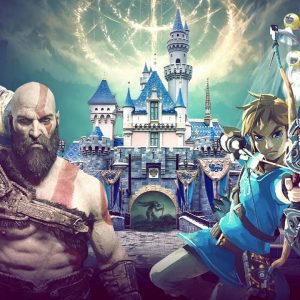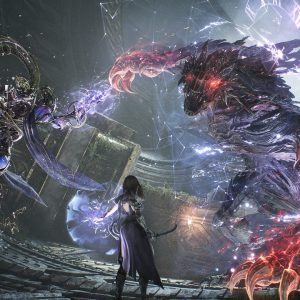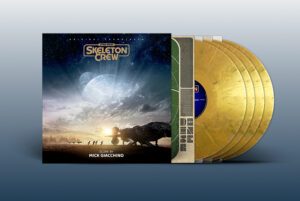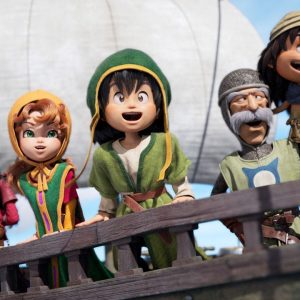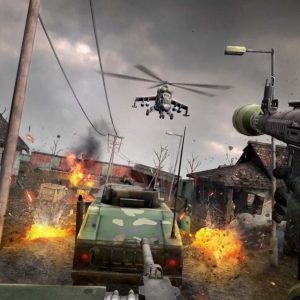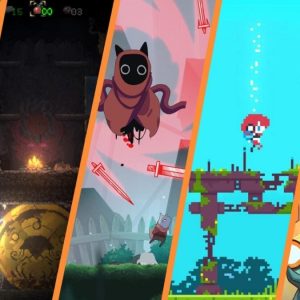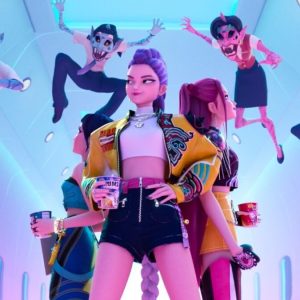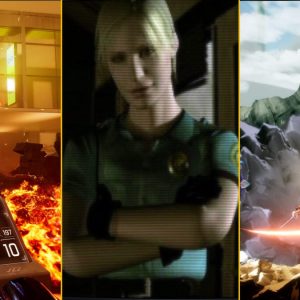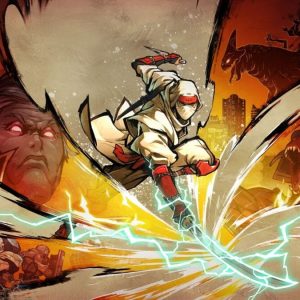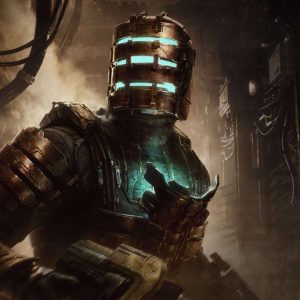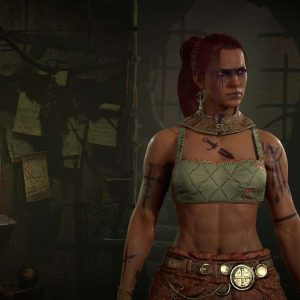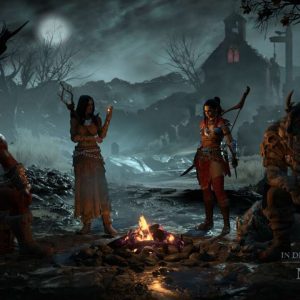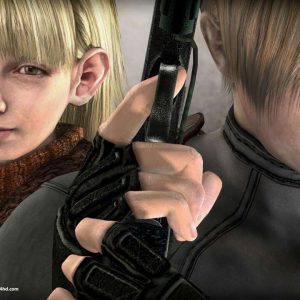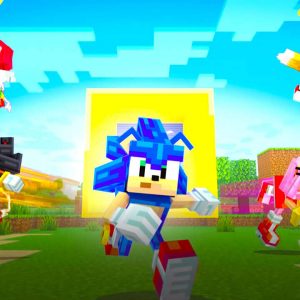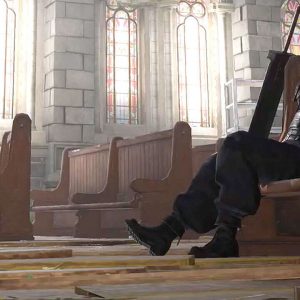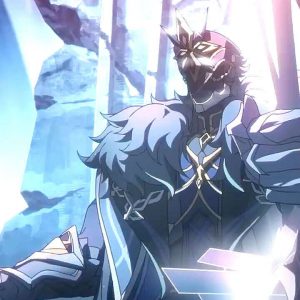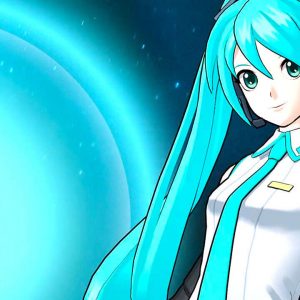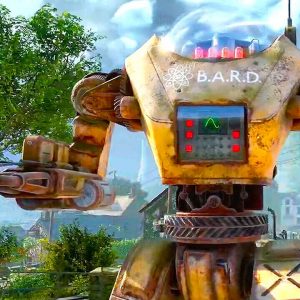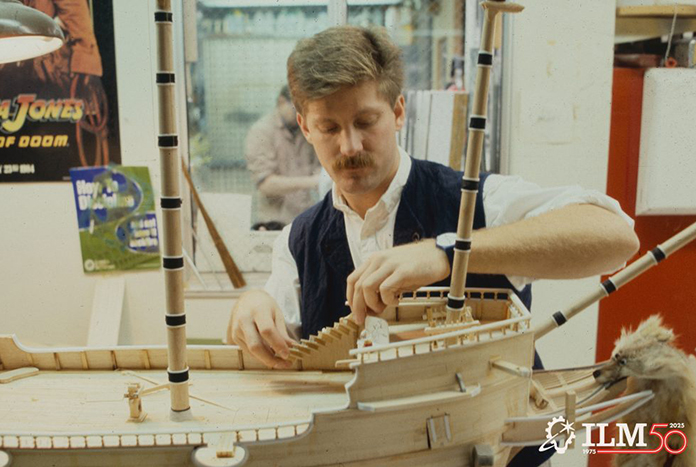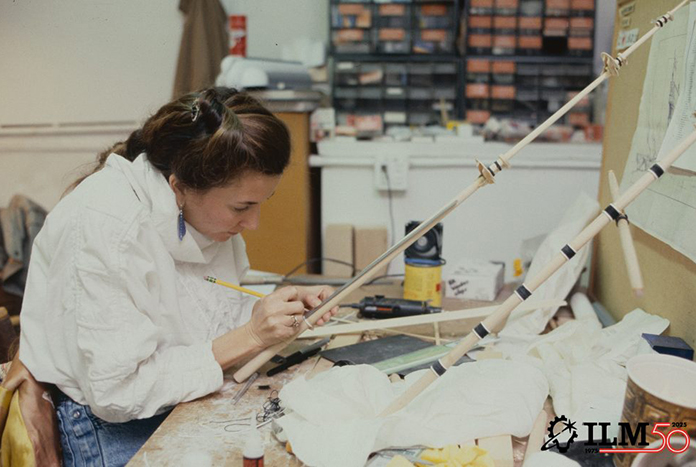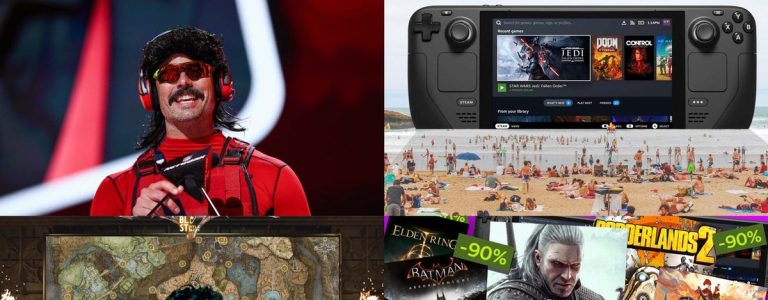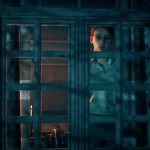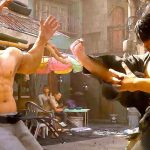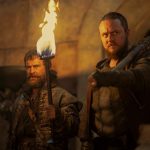
Clayton Sandell, writing at ILM.com, talks to former Industrial Light & Magic artists to reflect on how they brought 1985’s The Goonies to the screen.
As part of the 40th anniversary celebrations, LEGO will release an Ideas set based on the Inferno later this year.
During the summer of 1985, The Goonies hit movie screens and became an instant audience favorite. The timeless adventure tale follows a group of kids on a quest to discover One-Eyed Willy’s hidden pirate treasure, avoid a trio of ruthless family crooks, and save their homes (and way of life) in the “Goon Docks” of Astoria, Oregon.
While it’s not considered a massive visual effects film, part of the enduring charm of The Goonies is thanks to around 20 shots created by Industrial Light & Magic. Forty years later, four former ILM veterans share their memories about working on the celebrated classic.
ILM’s Michael McAlister was hired as the film’s visual effects supervisor, his first time in the role after working as an effects cameraman on projects including E.T. the Extra-Terrestrial (1982), Star Wars: Return of the Jedi (1983), and Indiana Jones and the Temple of Doom (1984).
Dave Carson brought extensive ILM experience to the role of visual effects art director on The Goonies, with credits including Star Wars: The Empire Strikes Back (1980), Dragonslayer (1981), and Star Trek III: The Search for Spock (1984).
The work of The Goonies matte painter and fine artist Caroleen “Jett” Green has appeared in dozens of films, including Willow (1988), Ghostbusters II (1989), and Star Wars: The Phantom Menace (1999).
Before a fruitful run as a visual effects supervisor, Bill George helped build a number of iconic models for films including Star Trek: The Motion Picture (1979), Blade Runner (1982), and Explorers (1985).The Goonieswas directed by Richard Donner (Superman [1978], Ladyhawke [1985]) from a story by Steven Spielberg and a screenplay by Chris Columbus. Frank Marshall and the now president of Lucasfilm, Kathleen Kennedy, were among the producers.
MICHAEL McALISTER, VISUAL EFFECTS SUPERVISOR: Number one, Dick Donner was such a good man. His personality was so big, and he spoke with a booming voice, and he was just confident and gentle and kind. I was really impressed with him. It was a real joy to be around him. I also had good crews at ILM, and the experience of being on location in Astoria, Oregon, which is absolutely stunningly beautiful, was delightful.
DAVE CARSON, VISUAL EFFECTS ART DIRECTOR: It had so many effects shots in the first draft. I remember being in a meeting in Burbank early in the production. I don’t think Dick Donner was even there. And we were talking about the effects. And I said, “Well, I think eventually there’ll probably be like 80 shots.” The blood drained from everybody’s faces. I could see that was not where they were headed. It still was a great project, but the number of shots kept dwindling. The first draft had skeletons that came to life. It was full of effects and fantastic stuff.
I started just by drawing scenes from the script. Nobody asked me to, but you can’t read that script without wanting to draw some of the scenes in it. J. Michael Riva was the production designer, and he was cranking out beautiful stuff. [Art director] Rick Carter made beautiful blueprints. They were establishing the look of this film, and it was great. From that point on, my actual work for the production was pretty much taking established background plates and indicating where the effects would go. There wasn’t too much pie-in-the-sky stuff. I did a bunch of storyboarding of the sequence where the kids run into the cove, and they see some skeletons and they get on the ship.
The ILM Model Shop built a highly detailed scale version of One-Eyed Willy’s sailing ship, the Inferno. Under the supervision of Barbara Gallucci, Bill George led a model-making team that included Randy Ottenberg and Chuck Wiley. ILM had plenty of previous experience with model spaceships, but building a wooden pirate galleon was something the crew had to learn from scratch.
Image: Chief modelmaker Bill George at work on the Inferno
BILL GEORGE, CHIEF MODELMAKER: I was really happy to be put on the project leading the construction of the miniature pirate ship. We wanted to do a good job and do something impressive that would get people talking. We put more into the model than we needed to. The production provided blueprints, which were amazing. We read books on building miniature ships and had the opportunity to do research and learn. We went to San Francisco Bay to study the Balclutha, which is a vintage wooden sailing ship. We studied all the details, the belaying pins, the rigging, the wood texture and wear. We wanted our model to look as authentic as possible.
We started with stanchions, very much the way you would build a boat. Those were covered in thin sheets of balsa wood. One of the big technical challenges on this was the rigging and the sails. Randy’s main focus was the sails. And, of course, there were no computer graphics that were advanced enough to do CG sails at that point. So the decision was made to make them out of a very, very fine silk, which would blow in the wind, and the silk was also great because it was transparent and pure white. Once again, we did some research. We found that we could use coffee and tea to stain the sails so they had a little bit of a warmer, aged color without stiffening the fabric. At the time Goonies came along, ILM had established itself as the visual effects house of choice for very successful films. Then there were all these films that Spielberg was producing, including The Goonies and Explorers and Back to the Future [1985], and all of them kind of funneled through ILM. It was a really exciting time because there was a whole diversity of interesting projects coming in.
MICHAEL McALISTER: It was unbelievably beautiful. But by the time the model was in the process of getting made, they decided to just go ahead and build the entire set on the soundstage. Which then meant that we didn’t need as many shots using the model.
Image: Modelmaker Randy Ottenberg at work on the Inferno‘s masts
BILL GEORGE: I was a little disappointed because we didn’t get to showcase it as much in the film. It was very backlit, and it was very far away, and I knew that the model could hold up. So it was a little bit of a disappointment. But I’m super proud of the model we built.
On deck, there’s even a little R2-D2 Easter egg. It was actually a casting from Star Wars. In the model shop, we had molds of the castings that go with the plug at the top of the X-wing starfighter. That’s what that was.
Read the story in full at ILM.com.
Images: ILM; main image shows ILM modelmakers at work on the Inferno. L to R: Chuck Wiley, Barbara Galucci, Bill George, Randy Ottenberg.
The post Revisiting ILM’s Visual Effects Contributions as ‘The Goonies’ Turns 40 appeared first on Jedi News.

